In the misty corridors of medical history lies a peculiar practice that blurs the line between science and superstition. For centuries, physicians believed they could cure mental illness by removing a physical object—the “Stone of Madness”—from a patient’s head. This fascinating yet disturbing concept captured the imagination of Renaissance artists and continues to intrigue modern scholars today.
The Birth of a Medical Myth
Hieronymus Bosch and the Visual Legacy
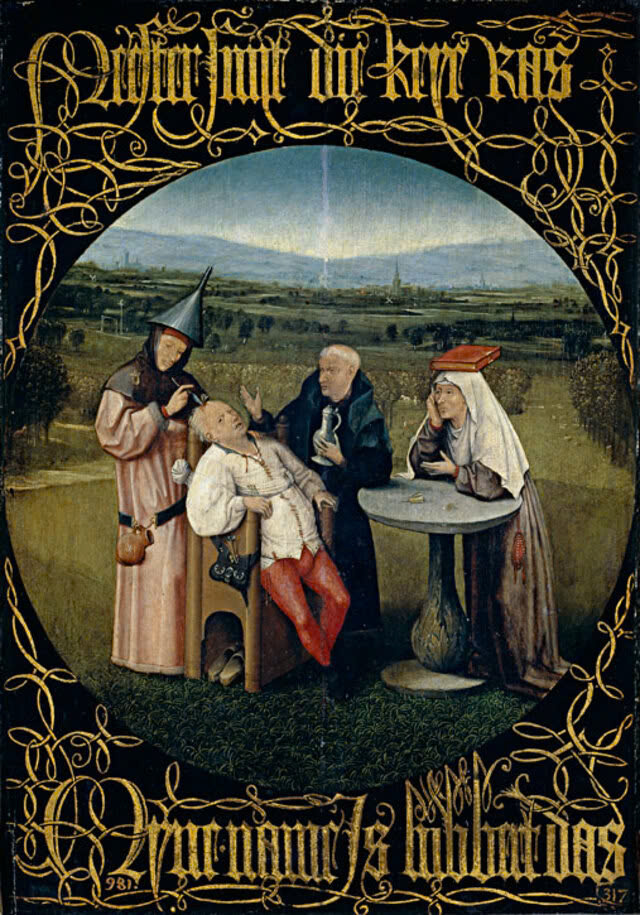
When Hieronymus Bosch put brush to panel sometime between 1494 and 1516, he created more than just a painting—he immortalized a medical fallacy that would fascinate generations. His “Extracting the Stone of Madness” depicts a surgeon performing what appears to be brain surgery, supposedly to remove a physical stone believed to cause insanity. The patient sits with an oddly calm expression while the doctor, wearing a funnel-shaped hat suggesting his own questionable sanity, performs this bizarre procedure.
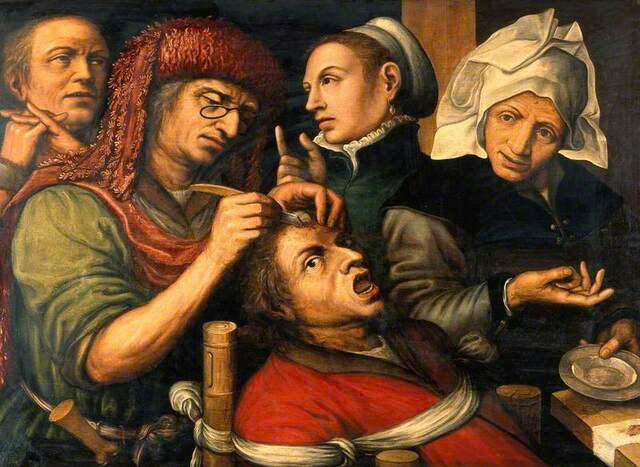
“The fool allows a stone to be cut from his head, believing that his madness resides in a physical object,” explains the inscription on Bosch’s painting, hinting at the satirical nature of his work. Was Bosch documenting an actual medical practice, or creating a metaphor for human gullibility? The answer lies somewhere in the shadow between fact and fiction.
Jan van Hemessen’s Graphic Interpretation
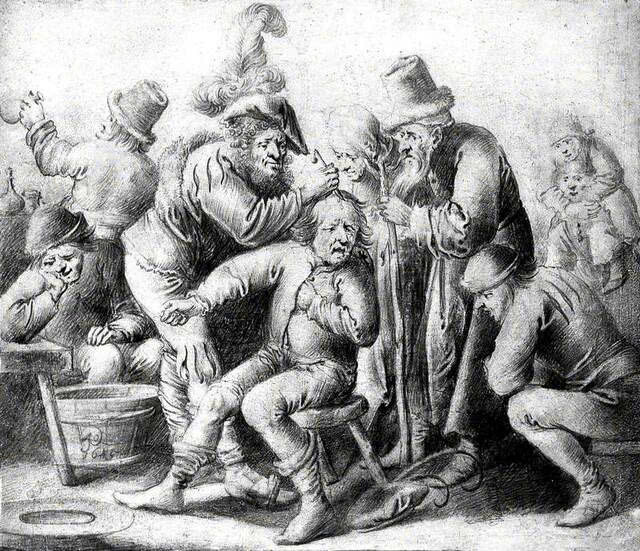
Following Bosch’s lead, artist Jan van Hemessen created his own interpretation with “An Operation for Stone in the Head.” His painting took a more literal approach, showing a stone visibly protruding from a patient’s forehead. Unlike Bosch’s subtlety, Hemessen’s work forces viewers to confront the raw brutality of such procedures, making the metaphorical stone disturbingly tangible.
The Ancient Roots of Cranial Surgery
Trepanation: The Prehistoric Predecessor
The artistic concept of the Stone of Madness wasn’t created in a vacuum—it grew from the ancient practice of trepanation, where holes were drilled into the skull to “release” whatever was causing illness. Archaeological evidence from Bronze Age Jericho shows skulls with multiple carefully crafted holes, suggesting our ancestors believed opening the skull could heal both body and mind.
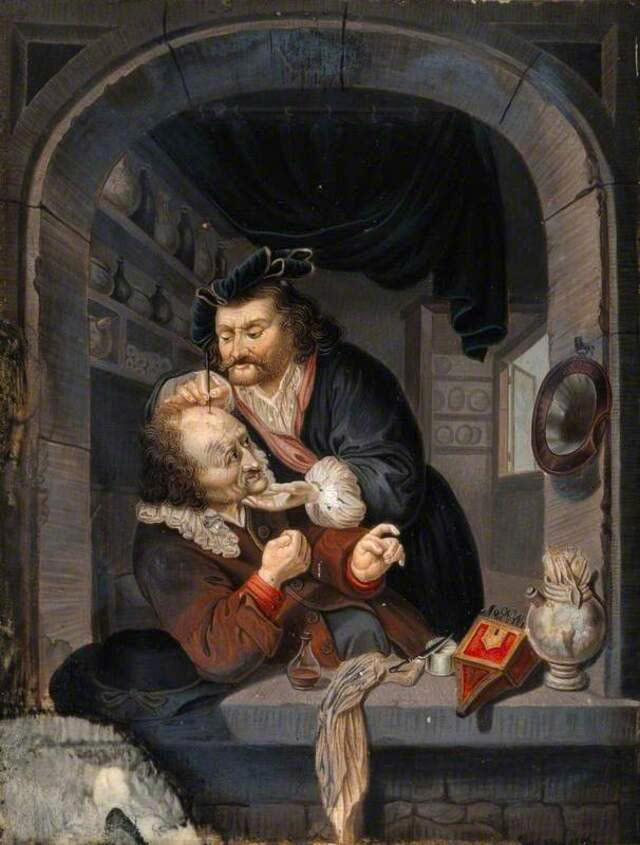
“When medicine couldn’t explain the mysteries of the mind, humans turned to physical solutions for spiritual problems,” notes the text. This intersection of the physical and metaphysical treatment continued for thousands of years, evolving but never completely disappearing from human culture.
Medicine in Transition: From Stones to Herbs
Nicholas Culpeper’s Natural Revolution

By the 17th century, as the Stone of Madness continued to appear in art, actual medical practice was undergoing significant changes. Nicholas Culpeper, an English herbalist whose 1649 “Pharmacopoeia Londinensis” documented medicinal herbs, represented a shift toward natural remedies.
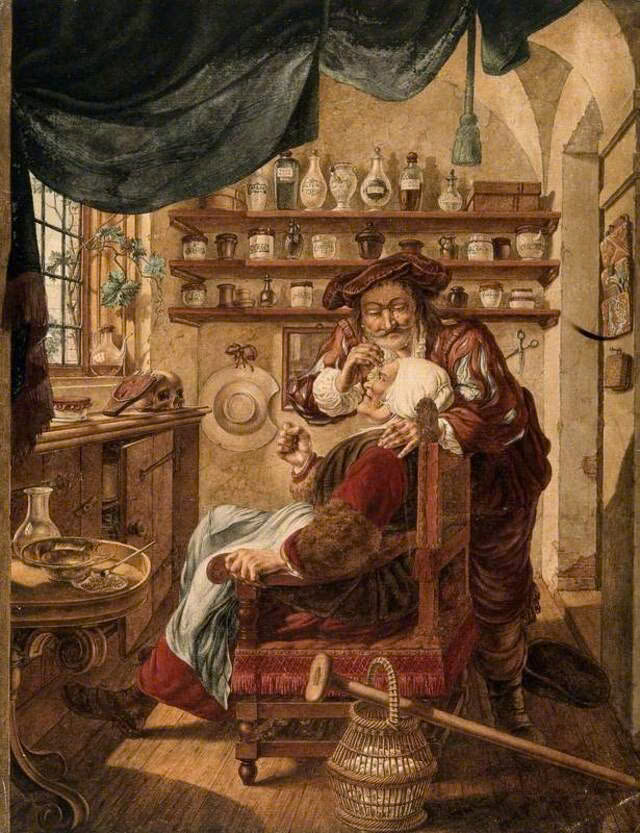
While surgeons were still drilling holes in skulls, Culpeper advocated for treatments using plants like valerian and lavender—herbs we now know actually do have calming properties. This transition period saw the gradual merging of folk wisdom with empirical observation, slowly moving medicine away from its magical origins.
Video
The Cultural Canvas: Understanding Madness in Renaissance Europe
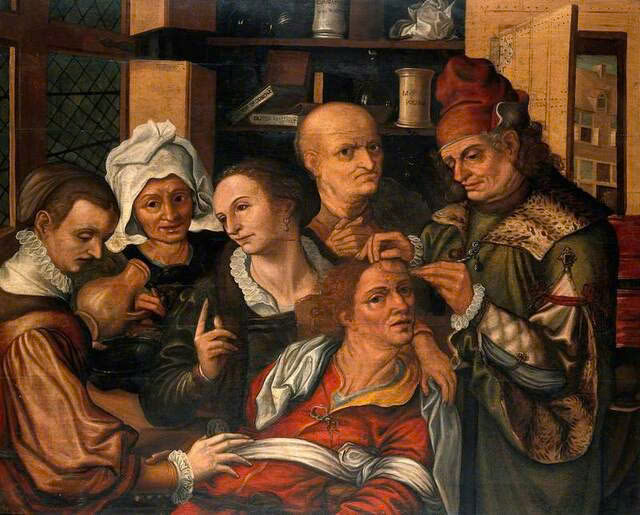
Mental illness in Renaissance Europe existed in a complex social context. Those suffering from depression, anxiety, or psychosis found themselves labeled as “mad” or “foolish,” often subjected to treatments driven by misunderstanding and fear.
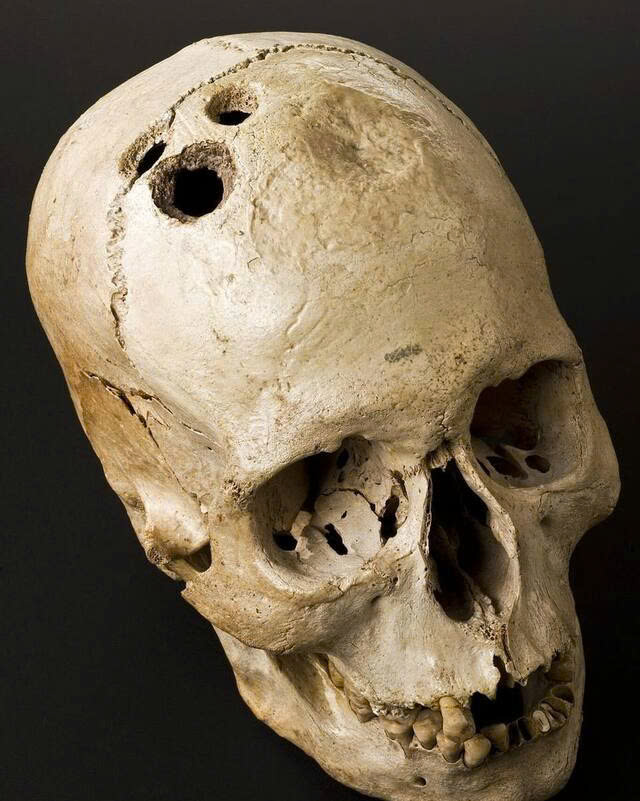
Art depicting the Stone of Madness served multiple purposes: documenting medical practices, criticizing charlatans, and reflecting society’s desire to find simple solutions for complex mental conditions. In an era when conformity was paramount, the idea that madness could be physically excised from the body provided comfort—however misguided—to a society struggling to understand the human mind.
The Stone’s Enduring Legacy
Today, we recognize the Stone of Madness as a powerful cultural symbol rather than medical reality. Yet these Renaissance paintings continue to resonate, reminding us how the understanding of mental health has evolved through centuries.

When we look at Bosch’s surgeon extracting the stone, we see not just a mistaken medical practice but a mirror reflecting humanity’s eternal quest to understand and heal the mind. The line between magic and medicine, superstition and science, remains thinner than we might care to admit—a humbling reminder as we continue our own journey toward understanding mental health.
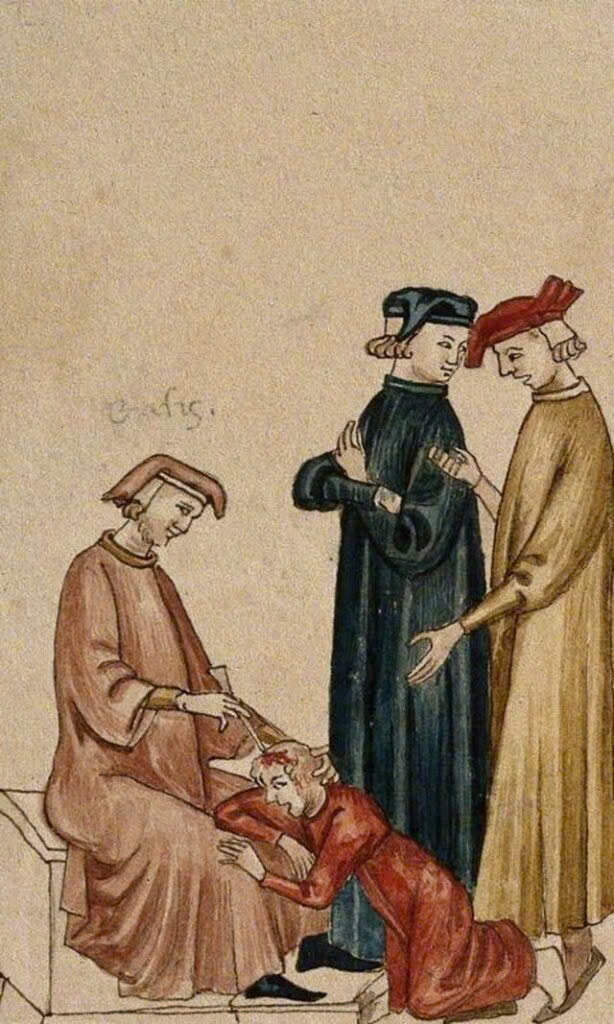
The Stone of Madness stands as a testament to both the folly and the ingenuity of human attempts to cure suffering, a crystallized moment in the long, winding path from superstition to science that defines medical history.

